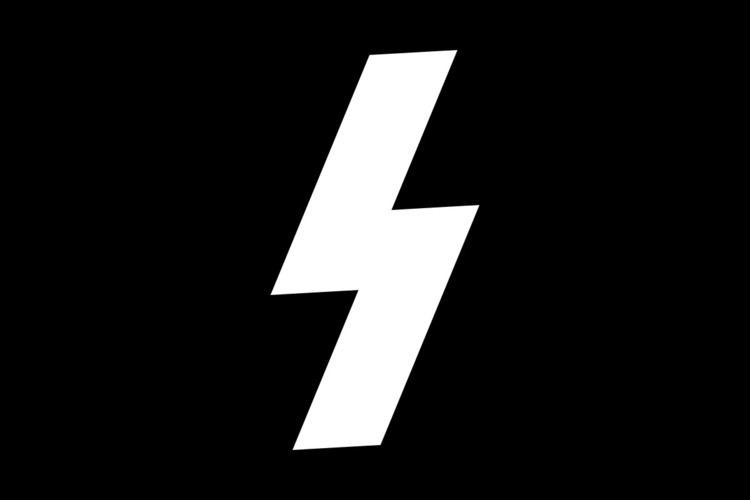Formation 1928 | Extinction 1945 | |
 | ||
Type Political youth organisation Region | ||
The Deutsches Jungvolk in der Hitler Jugend (DJ, also "DJV"), "German Youngsters in the Hitler Youth", was in Nazi Germany the separate section for boys aged 10 to 14 of the Hitler Youth organisation. Through a program of outdoor activities, parades and sports, it aimed to indoctrinate its young members in the tenets of Nazi ideology. Membership became fully compulsory for eligible boys in 1939. By the end of World War II, some had become child soldiers. In 1945 after the end of the war the Deutsches Jungvolk, and its parent organisation the Hitler Youth, ceased to exist.
Contents
Development
The Deutsches Jungvolk was founded in 1928 by Kurt Gruber under the title Jungmannschaften (Youth Teams) but was renamed Knabenschaft and finally Deutsches Jungvolk in der Hitler Jugend in March 1931. Both the Deutsches Jungvolk (DJ or DJV) and Hitler Youth (HJ) modelled parts of their uniform and programme from the German Scouting associations and other youth groups, which were then banned by the Nazi government during 1933 and 1934.
Following the enactment of the Law on the Hitler Youth on 1 December 1936, boys had to be registered with the Reich Youth Office in the March of the year in which they would reach the age of ten; those who were found to be racially acceptable were expected to join the DJ. Although not compulsory, the failure of eligible boys to join the DJ was seen as a failure of civic responsibility on the part of their parents.
The regulations were tightened further by the Second Execution Order to the Law on the Hitler Youth ("Youth Service Regulation") on 25 March 1939, which made membership of the DJ or Hitler Youth mandatory for all Germans between 10 and 18 years of age. Parents could be fined or imprisoned for failing to register their children. Boys were excluded if they had previously been found guilty of "dishonourable acts", if they were found to be "unfit for service" for medical reasons, or if they were Jewish. Ethnic Poles or Danes living in the Reich (this was before the outbreak of war) could apply for exemption, but were not excluded.
Training and activities
The DJ and HJ copied many of the activities of the various German youth organizations that it replaced. For many boys, the DJ was the only way to participate in sports, camping, and hiking. However the main purpose of the DJ was the inculcation of boys in the political principles of National Socialism. Members were obliged to attend Nazi party rallies and parades. On a weekly basis, there was the Heimabende, a Wednesday evening meeting for political, racial, and ideological indoctrination. Boys were encouraged to inform the authorities if their parents' beliefs were contrary to Nazi dogma.
Once Germany was at war, basic pre-military preparation increased; by the end of 1940, DJ members were required to be trained in target shooting with small-bore rifles and to take part in "terrain manoeuvres".
Organization
Recruits were called Pimpfen, a colloquial word from Upper German for "boy", "little rascal", "scamp", or "rapscallion", originally "little fart". Groups of 10 boys were called a Jungenschaft with leaders chosen from the older boys; four of these formed a unit called a Jungzug. These units were further grouped into companies and battalions, each with their own leaders, who were usually young adults. Der Pimpf, the Nazi magazine for boys, was particularly aimed at those in the Deutsches Jungvolk, with adventure and propaganda.
Recruits were required to swear a version of the Hitler oath: "In the presence of this blood banner which represents our Führer, I swear to devote all my energies and my strength to the savior of our country, Adolf Hitler. I am willing and ready to give up my life for him, so help me God."
Uniform and emblems
The DJ uniform was very similar to the Hitler Youth equivalent. The summer uniform consisted of a black shorts and tan shirt with pockets, worn with a rolled black neckerchief secured with a woggle, usually tucked under the collar. Headgear originally consisted of a beret, but when this was discarded by the HJ in 1934, the DJ adopted a side cap with coloured piping which denoted their unit.
The emblem of the DJ was a white Sieg rune on a black background, which symbolised "victory". This was worn on the uniform in the form of a cloth badge, sewn onto the upper-left sleeve of the shirt.
Wartime
In addition to their pre-military training, the DJ contributed to the German war effort by collecting recyclable materials such as paper and scrap metal, and by acting as messengers for the civil defence organisations. By 1944, the Hitler Youth formed part of the Volkssturm, an unpaid, part-time militia, and often formed special HJ companies within Volkssturm battalions. In theory, service in the Volkssturm was limited to boys over 16 years of age, however much younger boys, including Jungvolk members, often volunteered or were coerced into serving in these units; even joining the "Tank Close-Combat Squads" which were expected to attack enemy tanks with hand-held weapons. Eye witness reports of the Battle of Berlin in April 1945 record instances of young boys fighting in their DJ uniforms, complete with short trousers. Adolf Hitler's last public appearance was on 20 April 1945, when he presented Iron Crosses to defenders of Berlin, including several boys, some as young as twelve years-old.
Disbandment
With the surrender of Nazi Germany in 1945, the organization de facto ceased to exist. On 10 October 1945, it was outlawed by the Allied Control Council along with other Nazi Party organizations. Under Section 86 of the German Criminal Code, the Hitler Youth is an "unconstitutional organisation" and the distribution or public use of its symbols, except for educational or research purposes, are not permitted.
